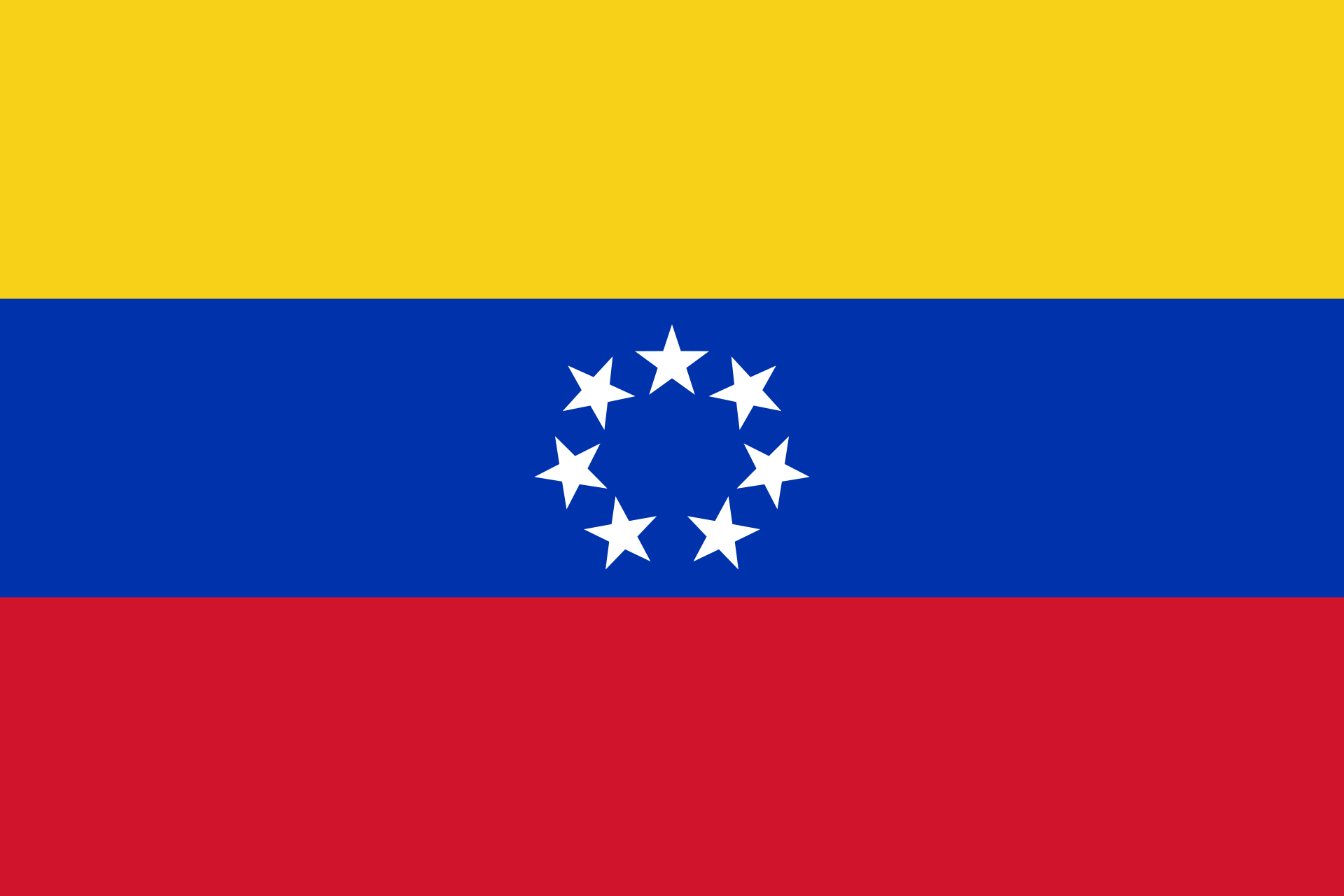Restored Republic of Venezuela
Overview
The Restored Republic of Venezuela is a nation reborn from the ashes of collapse and devastation. Once a key member of the EFSA, Venezuela faced near-total annihilation during the Kry-Zok War. Through resilience, the efforts of survivor communities, and eventual stabilization, the nation re-emerged as a sovereign entity. By 2055, Venezuela had regained sufficient stability to rejoin the Terran Defense Authority (TDA) and is in ongoing talks to reintegrate into the EFSA.
History
Pre-Kry Zok War
Before the Kry-Zok War, Venezuela was a nation grappling with deep political instability, economic crises, and rampant corruption. As part of the EFSA, it benefited from military support and economic aid, but internal divisions and power struggles plagued its government. Social inequality and the influence of criminal organizations created an environment ripe for unrest, despite efforts to maintain a semblance of order under the EFSA’s umbrella.
The Collapse
The outbreak of the Kry-Zok War marked the beginning of Venezuela’s collapse. The nation's fragile infrastructure crumbled under the strain of alien infestations and widespread panic. Government institutions failed, military forces fragmented, and mass evacuations ensued. By the war’s end, Venezuela was largely depopulated, with cities reduced to ruins and nature reclaiming what was left behind.
Post-Kry Zok War
Following the Kry-Zok War, Venezuela remained a wasteland, but scattered survivor societies laid the groundwork for recovery. Over the next few decades, these groups banded together, clearing out infestations, rebuilding infrastructure, and establishing new governance. By 2055, the Restored Republic of Venezuela was stable enough to rejoin the TDA and entered negotiations to reaffiliate with the EFSA, symbolizing its return to the global stage.
Drug Cartels
Despite the restoration, Venezuela suffers from deep-rooted corruption, particularly within mid and high levels of government. The influence of the Sinolan Cartel is pervasive, funding and empowering four major cartels that dominate the criminal underworld:
- La Comisión: A powerful syndicate managing drug trafficking routes and financial laundering operations.
- Los Custodios de San Antonio: A cartel with a religious extremist facade, controlling key smuggling corridors and enforcing strict discipline among its ranks.
- Los Latifundistas del Bolívar: Focused on controlling agricultural lands and industrial facilities, exploiting both for drug production and logistical support.
- Los Serpientes del San Felipe: Notorious for their ruthless enforcement and control over river (and some coastal) trafficking routes, specializing in synthetic drugs and human trafficking.
Resistance Group
Opposing both the government and the cartels is the Bolivarian Freedom Army, a communist guerrilla force seeking to overthrow the current regime and establish a socialist state. Despite their fervor, they have remained largely unsuccessful, hindered by internal divisions, limited resources, and the overwhelming influence of both state and cartel forces.
Conclusion
The Restored Republic of Venezuela stands as a testament to resilience amidst chaos. Emerging from political turmoil, near-total collapse, and the scars of the Kry-Zok War, it has clawed its way back to relevance on the world stage. Yet beneath its reconstructed facade lies a nation still grappling with deep-seated corruption, cartel influence, and ideological conflict. As Venezuela navigates its future within the TDA and potentially the EFSA, its fate remains intertwined with the shadows of its past—an enduring battleground between hope, power, and survival.



Comments